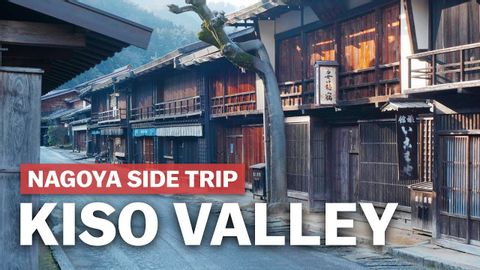
字幕與單字
名古屋木曾谷小遊記|Japan-guide.com (Nagoya Side Trip to the Kiso Valley | japan-guide.com)
00
Summer 發佈於 2021 年 01 月 14 日收藏
影片單字
experience
US /ɪkˈspɪriəns/
・
UK /ɪk'spɪərɪəns/
- n. (c.)經驗;(學到東西的)經驗;經驗;經歷
- n. (c./u.)經驗;經歷;工作經驗
- v.t./i.經歷;體驗
A1 初級多益初級英檢
更多 使用能量
解鎖所有單字
解鎖發音、解釋及篩選功能
